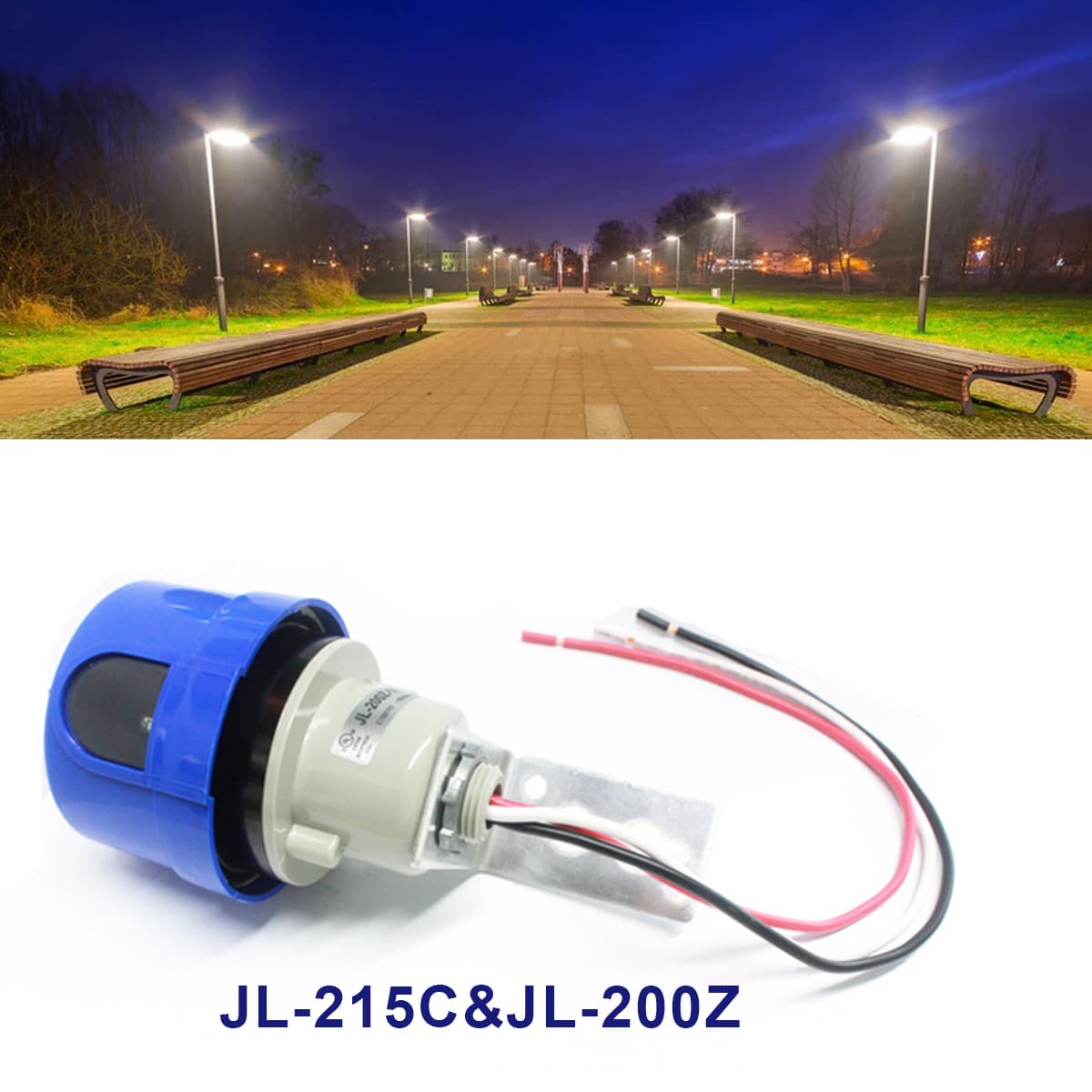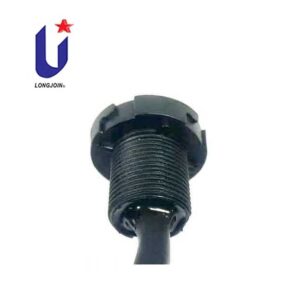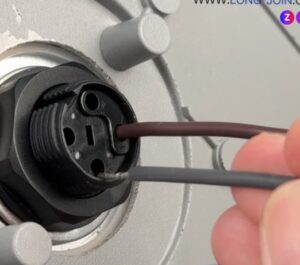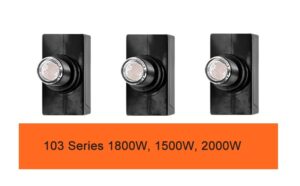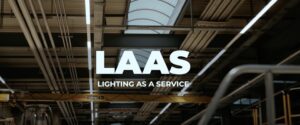Готов ли ваш фотоэлемент к напряжению 90–305 В переменного тока? Разбираемся в работе JL-215C в широком диапазоне напряжений
Представлять
Уличное освещение во всем мире работает на разных напряжениях. В Японии напряжение близко к 100 В, в Северной Америке — к 120/277 В, а в промышленных зонах оно может быть выше. Если ваш фотоэлемент не справляется с этими перепадами, вы рискуете столкнуться с мерцанием, непредвиденными отключениями и преждевременными отказами. Это руководство разъясняет, что на практике означает «90–305 В переменного тока» для JL-215C компании Long-Join — датчика с фотоэлементом, подключаемым к электросети и используемого на дорогах, в кампусах и на объектах.
Мы ответим на вопросы, которые действительно задают инженеры: где заканчивается безопасная зона, что происходит на краях (90–105 В и 277–305 В), как ведут себя варисторы и тепловые нагрузки, и какие простые стендовые испытания подтверждают стабильность перед выпуском. Вы также узнаете, когда следует переходить на JL-215C15 или соседние модели семейства Long-Join для более сложных условий.
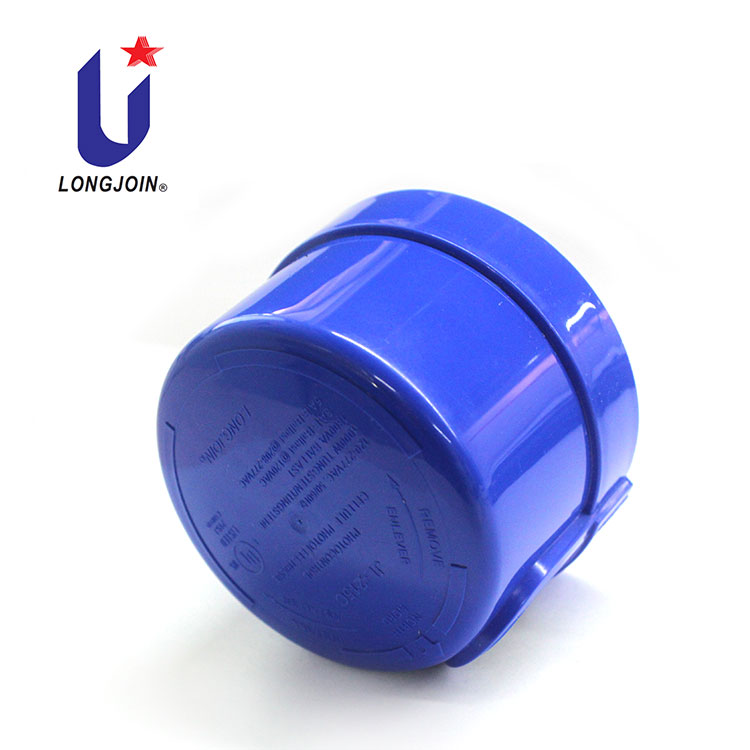
Почему широкополосные фотоэлементы важны в наружном освещении?
Вы когда-нибудь задумывались, почему фотоэлемент должен работать в таком широком диапазоне входного напряжения? Проекты для наружной установки редко реализуются только в одной стране. Япония использует системы напряжением 100 В, Северная Америка — 120 В и 277 В, а в некоторых промышленных зонах напряжение ещё выше. Ограничение фотоэлемента сетью одного региона ограничивает его глобальное применение.
Вот тут-то и пригодятся устройства фоторегулирования с широким диапазоном напряжения. Такая модель, как JL-215C от Long-Join, способная работать в диапазоне напряжений от 90 до 305 В переменного тока, обеспечивает инженерам по управлению освещением спокойствие.
Будь то наружное уличное освещение, промышленные парки или городские интеллектуальные сети, один продукт может поддерживать несколько рынков, обеспечивая стабильную производительность.
Область | Напряжение общей сети | Типичное применение освещения |
Япония | 100В–110В | Освещение жилых помещений, небольших дорог |
Северная Америка | 120 В / 277 В | Торговые улицы, промышленные парки |
Европа | 220В–240В | Городское и дорожное освещение |
Промышленные зоны | 305В+ | Заводы, порты и объекты интенсивного использования |
Каков официальный диапазон напряжения JL-215C?
Все ли уличные фонари с фотоэлементами автоматически рассчитаны на широкий диапазон напряжений? Не совсем. Согласно Технические характеристики Long-Join, сертифицированные по стандарту UL773:
- Номинальное напряжение: 120–277 В переменного тока
- Применимый рабочий диапазон: 105–305 В переменного тока
Это означает, что JL-215C физически может работать под напряжением от 90 до 305 В переменного тока, но его фотоэлектрические компоненты гарантированно работают только в диапазоне от 105 до 277 В. Вне этого диапазона инженерам следует учитывать такие риски, как нагрев, ошибки переключения и сокращение срока службы компонентов.
Параметр спецификации | Стандартный JL-215C | Примечания к диапазону краёв |
Номинальное рабочее напряжение | 120–277 В переменного тока | Безопасная зона для большинства проектов |
Допустимый диапазон | 105–305 В переменного тока | Можно использовать, но с оговорками |
Рекомендуется для использования при напряжении 305 В переменного тока | Версия JL-215C15 | Включает более прочную конструкцию MOV |
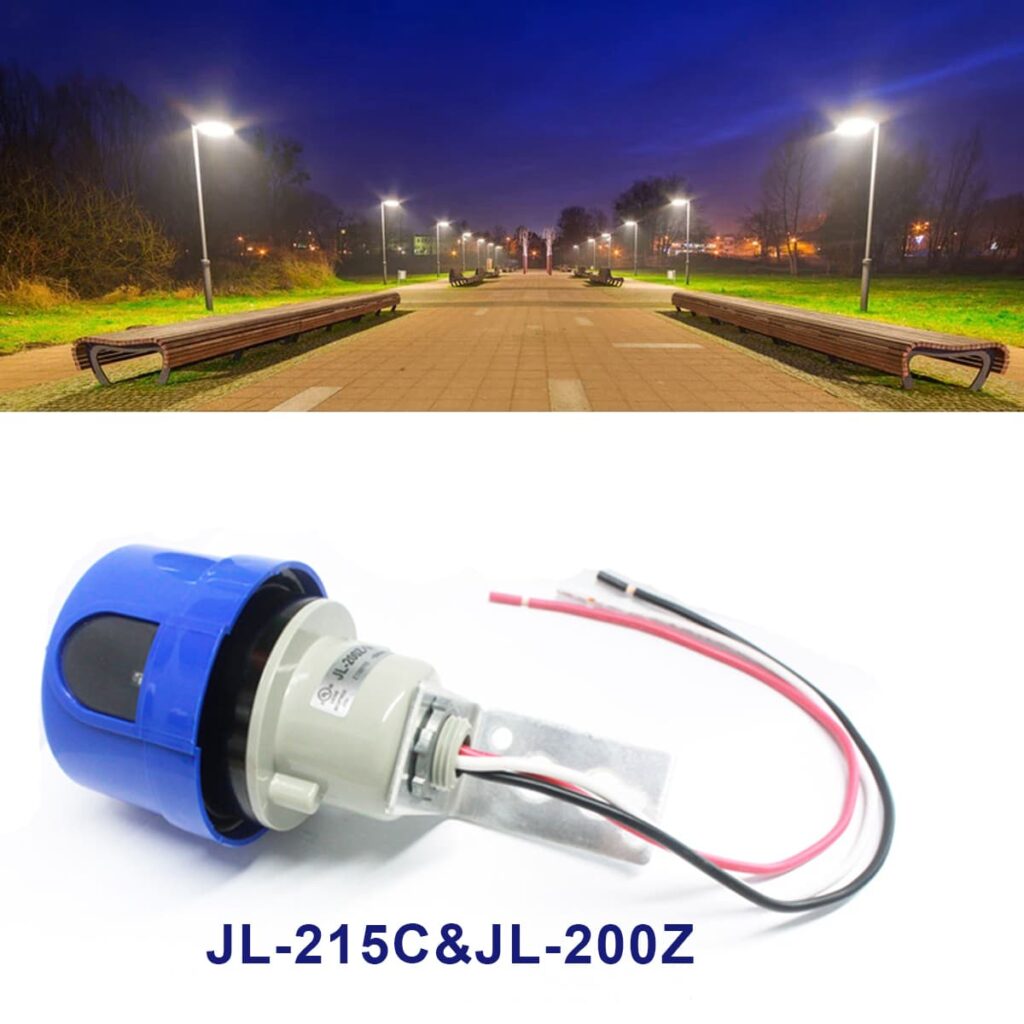
Какие риски возникают при напряжении ниже 105 В переменного тока?
Может ли фотоэлементный датчик света работать при напряжении 90 В? Да, но его работа может быть нестабильной. Вот почему:
1. Реле может не сработать должным образом.
При более низком напряжении катушки реле могут дребезжать или не срабатывать. Это приводит к нестабильному управлению фотореле и снижению надёжности.
2. Риск ложного переключения
Оптические схемы могут неправильно считывать окружающий свет, включая/выключая лампы в неподходящее время. Представьте себе фотоэлемент, работающий от заката до рассвета, который ночью внезапно начинает мерцать из-за нестабильного входного сигнала.
3. Низкая эффективность
Внутренние схемы, такие как Коррекция коэффициента мощности (PFC) может работать неэффективно, потребляя больше реактивного тока из сети.
Фактор риска | Результат при 90–105 В переменного тока | Влияние на освещение |
Активация реле | Стук, подпрыгивание | Мерцание лампы или отсутствие реакции |
Оптическая стабильность | Ложные срабатывания | Нежелательное переключение |
Коэффициент мощности | Снижает эффективность | Более высокие расходы на коммунальные услуги |
Что происходит на конце высокого напряжения (277–305 В переменного тока)?
Вредит ли фотоэлементу при напряжении около 305 В? Он не выходит из строя мгновенно, но нагрузка увеличивается.
* Деградация MOV
Базовый варистор JL-215C MOV рассчитан на 110 Дж / 3500 А. При 305 В срок его службы сокращается. Именно поэтому компания Long-Join создала JL-215C15 с 235Дж / 5000А всплеск MOV для более жестких условий эксплуатации.
* Термический стресс
Более высокое напряжение увеличивает внутренний нагрев. Если температура окружающей среды превышает 70°C, снижается надёжность компонентов.
Фактор стресса | База JL-215C | JL-215C15 Улучшенная версия |
Рейтинг перенапряжения MOV | 110Дж / 3500А | 235Дж / 5000А |
Управление теплом | Стандарт | Лучше подходит для длительных термических циклов |
Безопасность напряжения | рекомендуется 105–277 В переменного тока | Безопаснее для напряжения до 305 В переменного тока |
Как инженеры могут подтвердить безопасность при широком диапазоне напряжений?
Стоит ли принимать данные из технических паспортов за чистую монету? Не стоит, если вы устанавливаете сотни фотоэлементов для проектов уличного освещения. Инженеры всегда должны проверять работу в крайних случаях:
* Испытание на низкое напряжение
Убедитесь, что реле срабатывает менее чем за 20 мс при напряжении 90 В переменного тока и не дребезжит.
* Высоковольтное тепловое старение
Дайте лампам поработать при напряжении 305 В переменного тока в течение 48 часов с балластной нагрузкой 8 А. Температура корпуса варистора должна подниматься менее чем на 50 °C (согласно стандартам UL773).
Проверочный тест | Состояние | Критерии прохождения |
Тест на втягивание реле | Вход 90 В переменного тока | <20 мс ответа, без дребезжания |
Испытание на термическое старение | 305 В переменного тока при полной нагрузке, 48 ч | В случае MOV повышение <50°C |
Читайте о Подход Long-Join к UL-тестированию.
Почему фотоэлементы с длинным соединением работают лучше?
Что делает фотоэлементы одного производителя надёжнее других? Опыт, тестирование и адаптация под индивидуальные требования. Компания Long-Join, имеющая более чем 20-летний опыт работы в этой области, создаёт решения на основе фотоэлементов для датчиков освещения, предназначенные для решения глобальных задач.
- Пользовательские параметры напряжения– 90–347 В переменного тока, 12–48 В постоянного тока и т. д.
- Пакетное тестирование– Каждая партия проверена при экстремально высоком и низком напряжении.
- Готов к сертификации– Соответствие стандарту UL773 для испытаний на перенапряжение, тепловые испытания и испытания на жизненный цикл.
- Готовые к отправке модели – Включая JL-215C15 с улучшенной системой подавления перенапряжения.
Для еще более жестких требований Long-Join также предлагает контроллеры уличного освещения с фотоэлементами, такие как JL-235C, или усовершенствованные интеллектуальные фотоэлементы с реле нулевого пересечения, корпус IP67 и интеграция с дистанционным управлением.
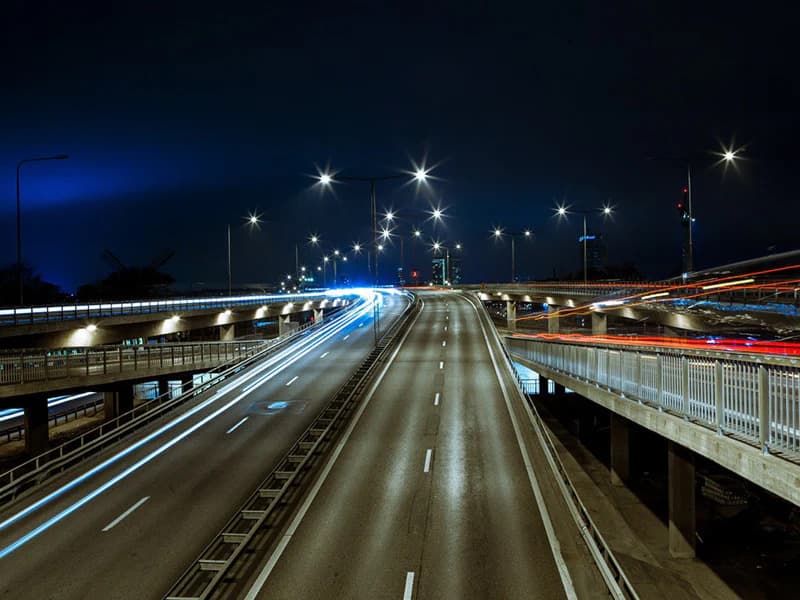
Как выбрать правильный фотоэлемент для вашего проекта?
Планируете освещение заводского двора, остров с солнечной батареей или городской контроллер уличного освещения? Диапазон напряжения может решить исход или провал вашего проекта.
JL-215C достаточно мощный в стандартном диапазоне, но для проектов, требующих стабильной безопасности при напряжении до 305 В, стоит рассмотреть JL-215C15. Перед окончательным выбором инженеры должны оценить производительность, сертификацию и температурные ограничения.
Выбор правильного фотодатчика важен не только с точки зрения сегодняшней установки, но и с точки зрения его долгосрочной надежности в реальных условиях эксплуатации.
Поговорите с Long-Join о разработке вашего следующего решения на основе фотоэлементов.
Заключение
Ответ: да, но с оговорками. JL-215C выдерживает напряжение от 90 до 305 В, но производительность гарантирована только в диапазоне от 105 до 277 В. Для инженеров, рассматривающих глобальное или промышленное применение, JL-215C15 — более надёжный вариант.
Надежный фотоэлементный выключатель Продукты предназначены не только для включения и выключения света — они защищают инфраструктуру, снижают затраты на обслуживание и обеспечивают безопасное освещение в каждом регионе. Понимая реальные ограничения и анализируя пограничные случаи, вы можете выбрать фотоэлемент уличный фонарь решение, которое будет действовать долго.
Внешние ссылки:
●https://www.techtarget.com/whatis/definition/PFC-power-factor-correction-or-power-factor-controller
●https://electronics.stackexchange.com/questions/640162/how-do-movs-work-for-surge-protection
●https://www.celduc-relais.com/en/zero-cross-or-random-relay-what-are-the-differences/

